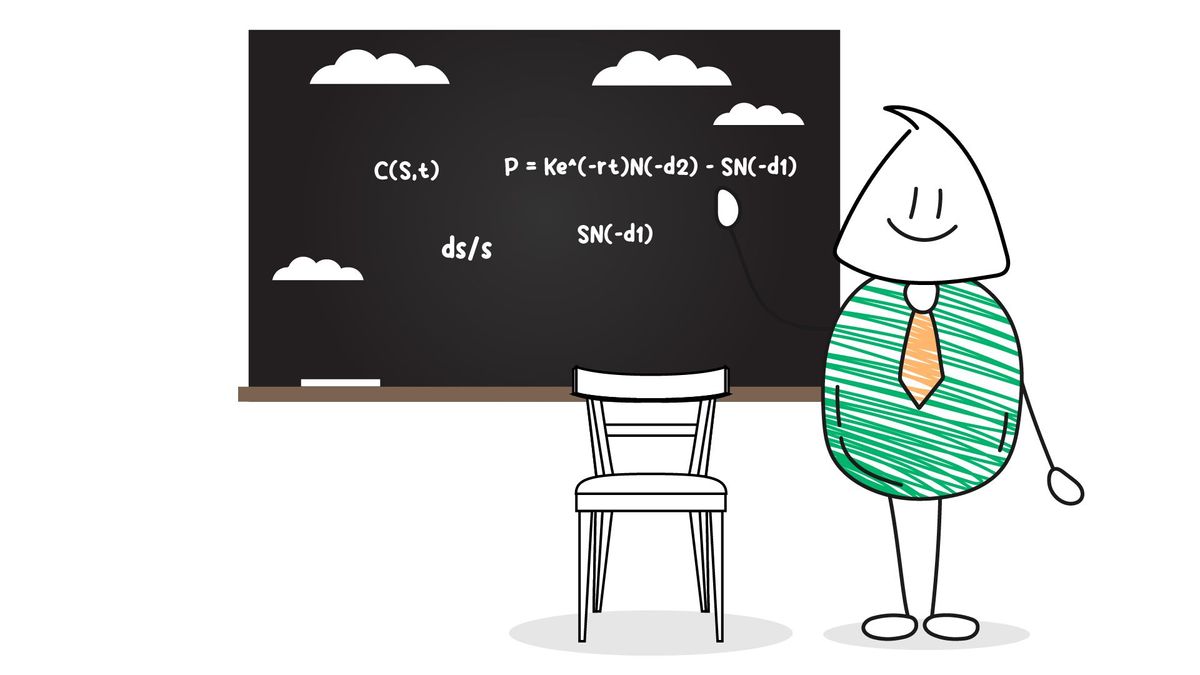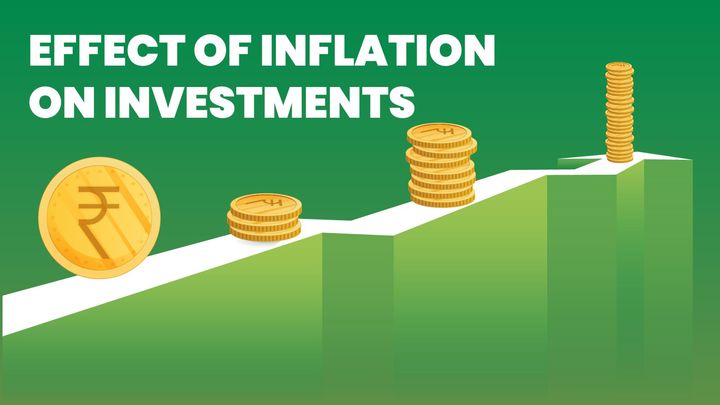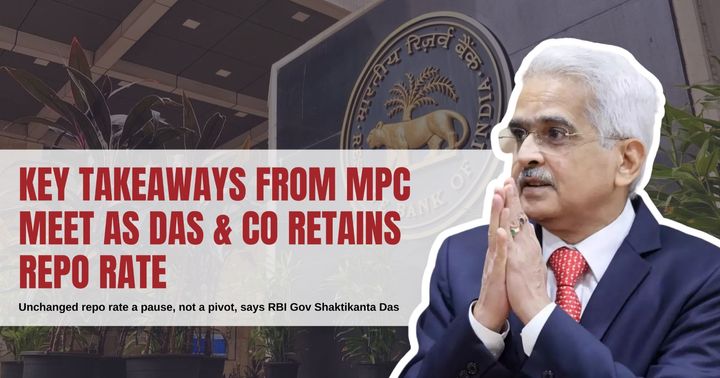Black-Scholes model: What is it, formula, Assumptions and Limitations

Options trading is a complex activity that involves the buying and selling of options contracts on various underlying assets. An option is a financial contract that gives the buyer the right, but not the obligation, to buy or sell an underlying asset at a predetermined price and within a specific time frame. The price of an option is known as its premium and is influenced by several factors, such as the current market price of the underlying asset, the strike price of the option, the time remaining until expiration, and the volatility of the underlying asset's price.
Options traders use various pricing models to estimate the fair value of an option and determine its premium. One of the most popular pricing models is the Black-Scholes model, which was developed by Fischer Black and Myron Scholes in 1973. In this blog post, we will discuss the Black-Scholes model and how it is used by options traders to estimate the fair value of an option and determine its premium.
What is Black-Scholes Model?
The Black-Scholes model is a mathematical formula used to calculate the fair value of an option. It takes into account various factors that influence an option's price, such as the current market price of the underlying asset, the strike price of the option, the time remaining until expiration, the risk-free interest rate, and the volatility of the underlying asset's price.
The formula for the Black-Scholes model is as follows:

The Black-Scholes model is used to calculate the fair value of both call and put options.
To calculate the fair value of a put option, the formula is modified as follows:
P = Ke^(-rt)N(-d2) - SN(-d1)
Where:
P = the fair value of the put option
The Black-Scholes model is widely used by options traders to estimate the fair value of an option and determine its premium. However, it should be noted that the model has certain limitations, such as assuming that the underlying asset's price follows a lognormal distribution and that the option can be exercised at any time before expiration.
Factors Influencing Option Premiums
The Black-Scholes model takes into account various factors that influence an option's price, such as the current market price of the underlying asset, the strike price of the option, the time remaining until expiration, the risk-free interest rate, and the volatility of the underlying asset's price.
- Current Market Price of the Underlying Asset: The current market price of the underlying asset has a significant impact on an option's premium. Call options become more valuable as the market price of the underlying asset increases, while put options become more valuable as the market price of the underlying asset decreases.
- Strike Price of the Option: The strike price of the option also has an impact on its premium. Call options with a lower strike price are more valuable than those with a higher strike price, while put options with a higher strike price are more valuable than those with a lower strike price.
- Time Remaining Until Expiration: The time remaining until expiration also affects an option's premium. Options with a longer time until expiration have a higher premium than those with a shorter time until expiration.
- Risk-Free Interest Rate: The risk-free interest rate is another factor that influences an option's premium. As the risk-free interest rate increases, the premium of call options decreases, and the premium of put options increases.
- The volatility of the Underlying Asset's Price: The volatility of the underlying asset's price is perhaps the most critical factor in determining an option's premium. High volatility leads to higher premiums for both call and put options because there is a greater chance that the option will be exercised.
Using the Black-Scholes Model in Options Trading
Options traders use the Black-Scholes model to estimate the fair value of an option and determine its premium. They can use this information to make informed decisions about buying and selling options contracts.
For example, if the fair value of a call option is higher than its current market price, the option is considered undervalued, and an options trader may choose to buy the option. Alternatively, if the fair value of a put option is lower than its current market price, the option is considered overvalued, and an options trader may choose to sell the option.
Options traders can also use the Black-Scholes model to calculate the implied volatility of an option. Implied volatility is the level of volatility that the market is expecting in the future, and it is an essential factor in determining an option's premium. By calculating the implied volatility, options traders can compare it to the historical volatility of the underlying asset's price to determine whether the option is overvalued or undervalued.
Assumptions of the Black-Scholes model
The Black-Scholes model makes several assumptions about the underlying asset, the market, and the option itself. Here are the primary assumptions of the model:
- The underlying asset's price follows a lognormal distribution: The Black-Scholes model assumes that the underlying asset's price changes are random and follow a lognormal distribution. This assumption means that the underlying asset's price can move up or down by a certain percentage with equal probability over a specific period.
- The underlying asset does not pay dividends: The Black-Scholes model assumes that the underlying asset does not pay any dividends during the option's life. If the underlying asset pays dividends, the model's accuracy can be compromised.
- There are no transaction costs: The Black-Scholes model assumes that there are no transaction costs involved in buying or selling the option or the underlying asset.
- The option can be exercised only at expiration: The Black-Scholes model assumes that the option can be exercised only at its expiration date. In reality, some options have specific exercise dates, and the model may not accurately reflect their fair value.
- The risk-free interest rate is constant and known: The Black-Scholes model assumes that the risk-free interest rate is constant and known during the option's life. This assumption may not hold in a volatile interest rate environment.
- The market is efficient: The Black-Scholes model assumes that the market is efficient, meaning that all information about the underlying asset is reflected in its price. In reality, the market may not always be efficient, and prices may not reflect all available information.
- There are no restrictions on short selling: The Black-Scholes model assumes that there are no restrictions on short-selling the underlying asset. In reality, there may be restrictions on short selling in some markets or situations.
It's worth noting that the Black-Scholes model is a mathematical model and, like all models, is a simplified representation of reality. While the model's assumptions may not hold in every situation, it remains a valuable tool for options traders to estimate the fair value of an option and determine its premium.
Limitations of the Black-Scholes Model
While the Black-Scholes model is widely used by options traders to estimate the fair value of an option, it has several limitations. One of the most significant limitations is that it assumes that the underlying asset's price follows a lognormal distribution, which may not always be the case.
Additionally, the model assumes that the option can be exercised at any time before expiration, which is not always true. Some options have specific exercise dates, and the Black-Scholes model may not accurately reflect their fair value.
Finally, the Black-Scholes model does not take into account market events that can significantly impact an option's price, such as political instability or economic downturns.
Conclusion
Options traders use various pricing models to estimate the fair value of an option and determine its premium. The Black-Scholes model is one of the most widely used pricing models, and it takes into account various factors that influence an option's price, such as the current market price of the underlying asset, the strike price of the option, the time remaining until expiration, the risk-free interest rate, and the volatility of the underlying asset's price.
While the Black-Scholes model has certain limitations, it is a valuable tool for options traders to make informed decisions about buying and selling options contracts. By estimating the fair value of an option and determining its premium, options traders can take advantage of opportunities in the market and manage their risk effectively.
Learn Option series next reads:







Comments ()